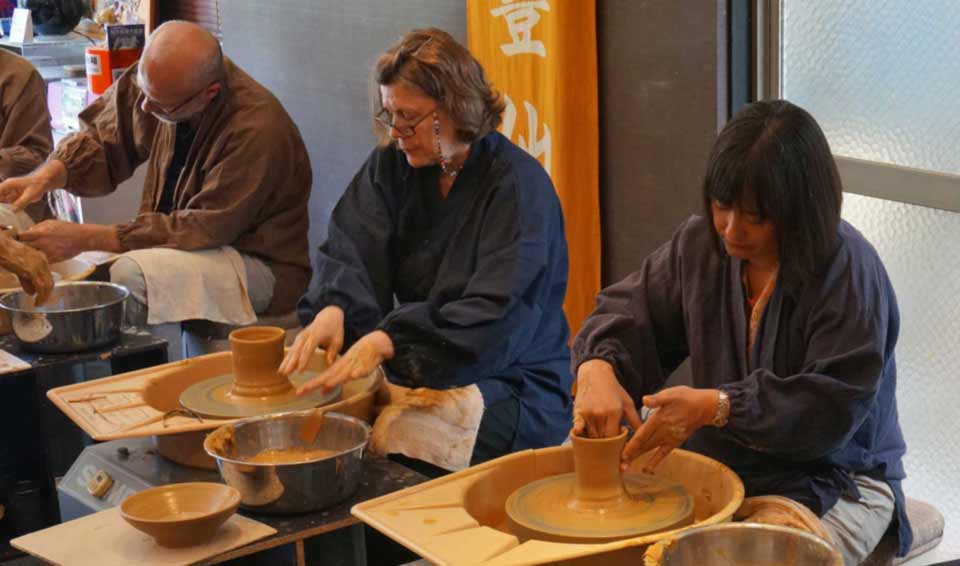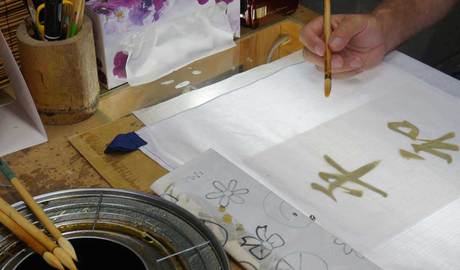Traditional townhouse visit
Try on a kimono and take part in a tea ceremony at a beautifully preserved merchant house in Kyoto.
Kept in the same family for 13 generations, the Tondaya is a classic example of a Meiji period machiya town house. Located in Kyoto's Nishijin textile district, the house was built as a textiles shop with living quarters stretching far behind. There are three storehouses, six small gardens reflecting the seasons, a tea ceremony room and an annex where noh performances were once held.
Today the machiya is set up as a living museum and visitors can take part in hands-on cultural experiences which InsideJapan can book as part of any Kyoto visit. You'll start with a tour of the beautifully preserved machiya and its antiques before having the chance to choose an exquisite kimono to try on. While wearing the kimono, you can take part in a short tea ceremony and later a bento lunch is also included.
For more information email us: [email protected] or call: + 44 117 244 3380
Important notice: We are pleased to be able to offer so many amazing experiences in Japan. However, we are sorry that we can only include these as a part of a full Japan holiday package which includes your accommodation and transport alongside the experiences presented in this section of the web site.
Other Traditional arts & textiles experiences
View more >
Origami
Learn to fold paper like a pro... well like an elementary school kid really... with this beginners class in origami.

Calligraphy class
Take your first steps on the road to becoming a master calligrapher with a 'shodo' class.

Ikebana flower arranging
Discover the finer points of this unique Japanese style of flower arranging with a lesson with a licensed ikebana teacher

Pottery class
Get your hands dirty whilst learning some of the techniques of Japanese 'yakimomo' pottery.

Japanese embroidery class
Hone your embroidery skills by attending this private class with one of Japan's leading exponents of 'nuido'

Kimono wearing
The Japanese kimono is perhaps the most exquisite national dress on earth and a real treat to try on.
 Australia
Australia
 USA
USA



 Inside Japan UK office
Inside Japan UK office Inside Japan US office
Inside Japan US office Inside Japan Australia office
Inside Japan Australia office Inside Japan - Japan office
Inside Japan - Japan office



























